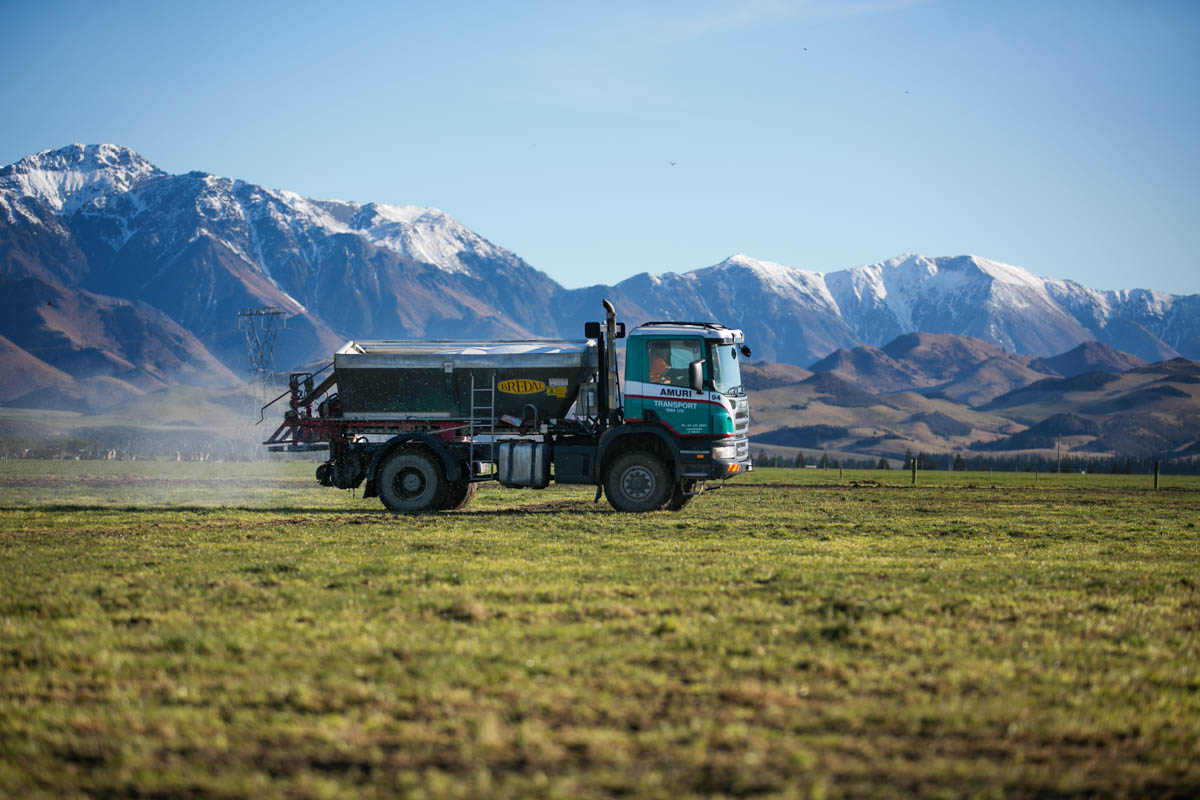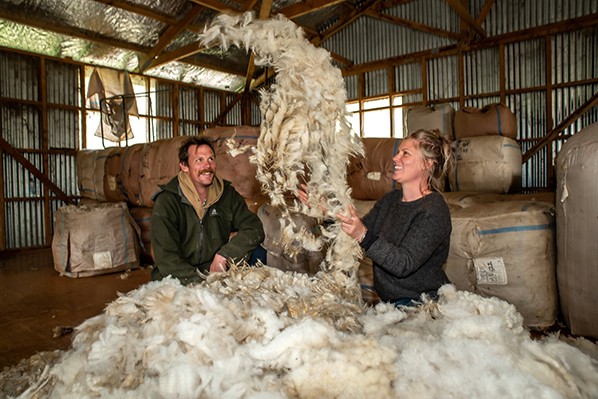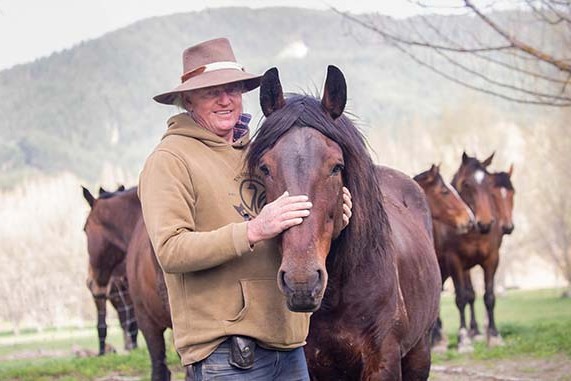Lloyd Smith progresses huntaway training through teaching the young dog to walk and stop on command.
The last article was primarily about preparing your young dog to be trained and getting it started so when my young huntaway demonstrates that he has a good level of confidence working sheep and is ready to be trained I start to introduce step one of my training programme.
This involves teaching it to walk and stop on command. I always teach the approach and stop in tandem as once you have stopped a dog their next move is to approach the stock.
This is a very crucial aspect of training as it is the step that gives you control of your dog and because you can control your dog it obviously becomes easier to then control your stock. As mentioned when we covered training a heading dog, the success of the rest of your commands depends on how effective your stop is. If you achieve good compliance with your stop you can then enforce every other command. If not the success of any future commands will be compromised.
To teach these commands I begin driving my dog on a pole off sheep. First, walking alongside it giving it the “Walk” command and at times giving it the “Stop” and moving behind it in the process.
As it gets more familiar with my instructions and walks on command I stay behind the dog continuing to walk and stop from that position. Alongside teaching these commands I also work on a good “Face-up” allowing me to turn the dog away on instruction from any given position.
Some trainers struggle with this aspect and I admit it does require patience and a good appreciation of your young dog’s attitude and trainability but once negotiated successfully I believe this is the step that gives you accuracy and the positive moves required.
The Face-up command, I feel, is very important and helps the dog remain focused allowing them to learn to read their stock and anticipate movements.
I use a Face-up command a lot in the work situation where I do not necessarily require a dog to stop but simply turn away and hunt on from that position. This is particularly relevant when working in yards filling races etc and on lanes and roads.
I also use the Face-up command to introduce their sides later when they get to that stage of training. In conjunction with this training I continue to give the dog the opportunity to work sheep as before for relaxation and also to keep it keen and focused.
Once the dog has a good level compliance and conforms to the three commands (walk, stop and face up) I then remove the pole and transfer the dog on to a harness and rope covering the same ground with a little more freedom and distance between myself and the dog.
When I believe the dog is fully familiar with these commands and demonstrates a good level of confidence while working I then start to introduce them on sheep. As with all newly taught commands I keep the action close at hand where I can monitor and enforce my teachings, making sure the dog conforms and then rewarding it for doing so building confidence in the process.
Once compliance is achieved I start to increase the distance and degree of difficulty involved. While these commands apply anywhere around the sheep if the dog demonstrates a reluctance to operate in the pressure zone I do not insist on it being there at this stage, as by insisting you can create a hang up that becomes difficult to deal with.
Some dogs struggle to handle the pressure that exists while operating in this area and to solve this you have to build confidence and try to make the dog comfortable enough to handle it. This stage of training a huntaway is the most difficult to get right so it is important to monitor your dog’s attitude and level of confidence.
It is an area of training I spend a lot
of time negotiating as a good level of compliance here sets you up for the rest of your training providing you with the framework to teach every other command required including sides.
KEY POINTS
• Make sure the necessary groundwork has been done at the puppy/young dog stage.
• Teach to “Walk” and “Stop” – Compliance will guarantee you control of your dog.
• “Face-Up” Command – Very important part of training.
• Confidence – Monitor and maintain.
• This stage of training is the most difficult to negotiate successfully. So persevere and be patient.




